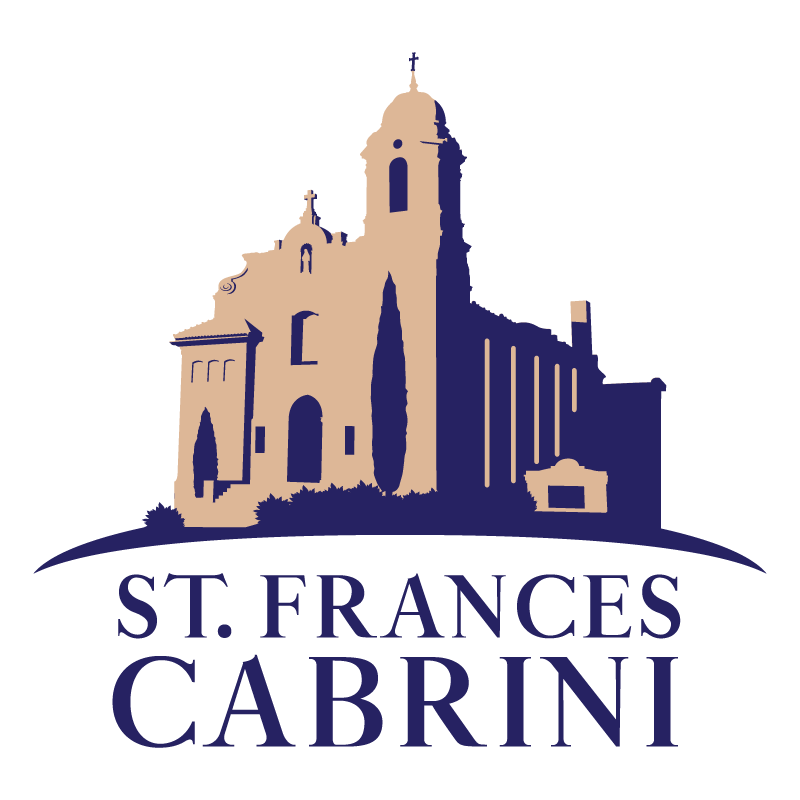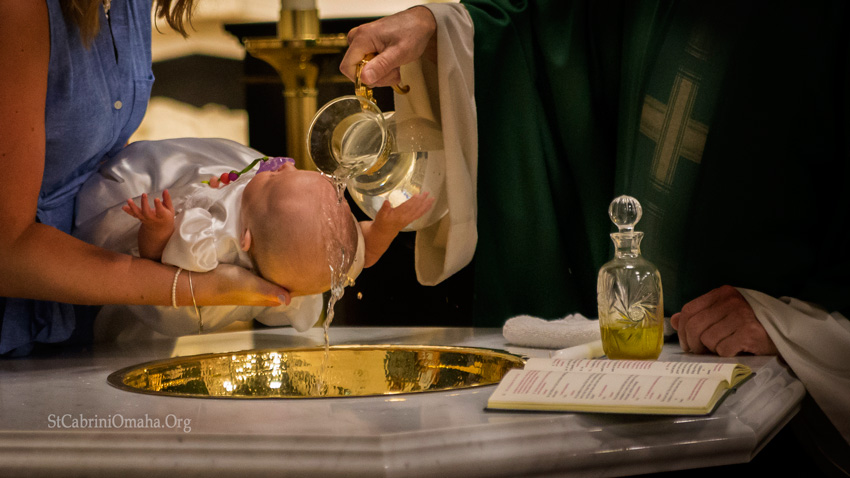Dear Friends,
The Sunday after Epiphany, we celebrate the baptism of Jesus and we bring the Christmas season to an end. You may recall that the Catholic Church has been retranslating all her rituals. This process started a number of years ago and is almost complete. You may recall a few years ago when the translation of the Mass was completed. The goal was to bring the English translation closer to the ancient original text, but it has made some prayers a bit clumsier. The baptismal ritual is now complete and will soon be used by all parishes around the country. If you notice a change in the ritual, it is not because I am trying to be creative, but because those are the words from the latest translation.
Since we are celebrating the baptism of Jesus this Sunday and because a new translation of the baptismal ritual is upon us, I thought it might be good to review the Catholic understanding of Baptism.
Baptism is not a small thing. Using the symbols of water, oil, and fire, Baptism is a powerful sacrament that washes away original sin and its effects. It gives us a new identity, connects us to a new community of believers, initiates us into a new way of living, and provides us a clear mission in life.
The Church has baptized from the beginning. Within weeks of Jesus’ Resurrection, the apostles were preaching the Gospel to people by the thousands, baptizing them in Jesus’ name. Since then, Baptism has been the ordinary means of becoming a member of the Church.
Baptism is a sacrament of initiation, cleansing, strengthening, and welcoming. Baptism welcomes us into the community of Christian believers. It offers us a new life in which we become the adopted children of God, followers of Christ, and temples in which the Holy Spirit dwells.
Like all the sacraments, Baptism makes visible an invisible reality. The Church uses physical signs and ritual words to express our experience of God and his grace in our lives. Some of the symbols you see at a Baptism include the following:
The pouring of water on the one being baptized reminds us that we die with Jesus to conquer sin and rise with him so we might enter into new life. In this action we are reminded of how Moses led the Hebrews on their escape from Egypt and how he parted the waters of the Red Sea as the gateway to liberation, away from slavery and into the Promised Land. We also recall Jesus’ death and Resurrection, which free us from sin and bring us into a new way of living.
The newly baptized is anointed with sacred oil to signify that the Holy Spirit dwells within the heart of this new Christian. It’s also a sign of being anointed to a mission to live and love as Jesus lived. As priests, prophets and kings are anointed, so we are to live that three-fold ministry as baptized Christians.
A white garment reflects that in Baptism we “put on Christ,” taking our new and truest identity as a son or daughter of God. We have been made new and our outward life is to reflect our newness. A baptismal candle, lit from the Easter candle, represents the one true light of Christ, a light to guide the new believer throughout his or her life. It is also a call for us to be a light to others through our own following of Jesus.
Peace,
Fr. Damian



